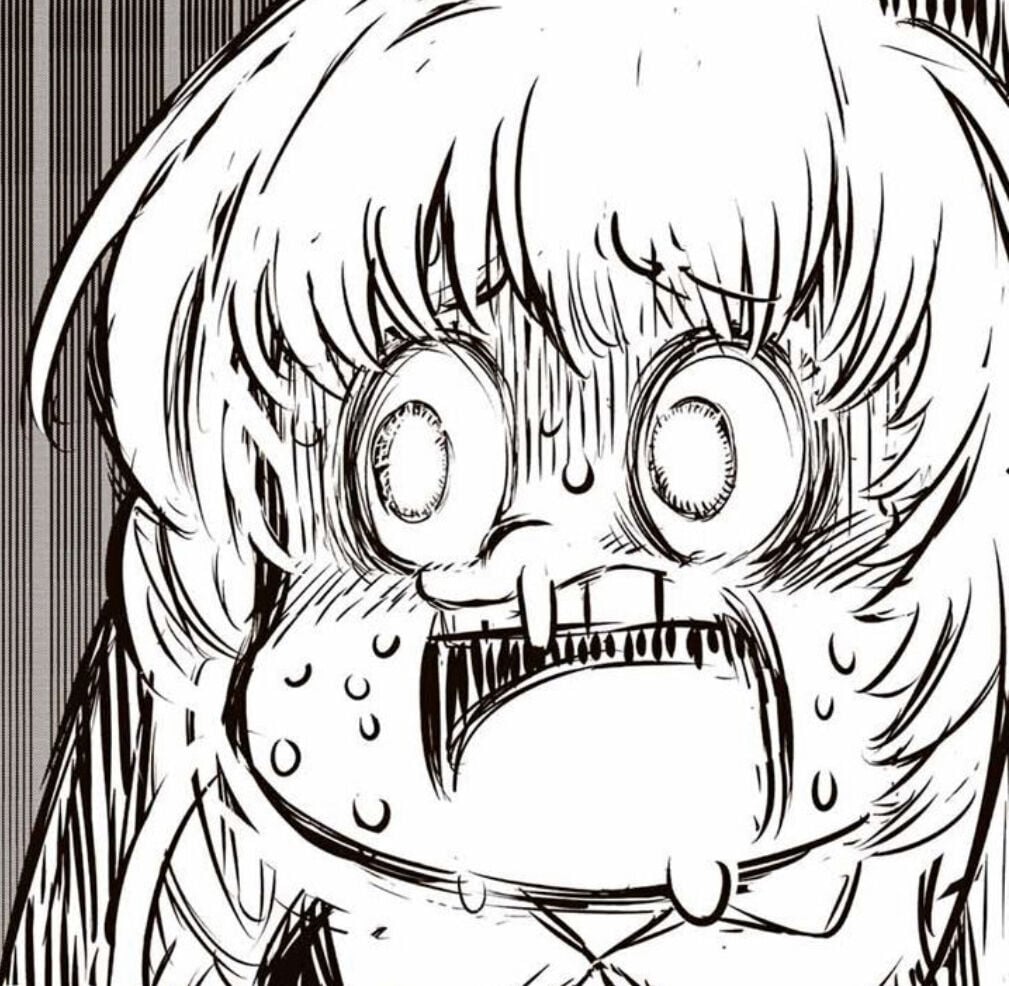Not one big enough to cause another great extinction, but small enough to just turn a whole small country and parts of neighboring ones into a huge crater. Will the people who was evacuated out after NASA stated a warning try to rebuild the country after everything has settled down or do they’d become citizens of another country?
Edit: after reading the comments, maybe turning a small country into a crater is too much, what about just level the place, or in any way that make it uninhabitable for a period of time?
One small enough to destroy a small country is enough to destroy the world.
What do you think happens to all the rock that was inside the crater before the crater was formed?
It doesn’t just disappear, it’s violently thrown out of the crater, some of it all the way into space where it rains back down on the earth, creating hundreds or thousands of smaller craters, it’s called “ejecta”Now, when all of this ejecta is thrown back to Earth and generates a lot of heat as it moves through the atmosphere, that heat has to go somewhere, so it warms the surrounding air raising atmospheric temperature. But, it’s not the only thing doing so, remember all of those smaller craters?
Each impact releases enough energy to create a small firestorm, you now have thousands of small fires burning for thousands of miles from the initial impact. These will be the largest and most violent forest fires in recorded history. They will warm the atmosphere and release billions of tons of soot, this will be a problem in a few weeks.
As the fires consume everything and burn out things begin to cool down. The water boiled off from plants, rivers, and streams begins to condense into clouds and then rain. Acid rain falls across the world, poisoning areas that were lucky enough to survive the first few days. People, crops, and livestock start to die off in areas that were previously survivable. This lasts for a few weeks while the soot in the upper atmosphere cools the planet.
It continues cooling the planet until we enter a state of impact winter, which is the same as volcanic winter or nuclear winter but with a different mechanism behind it.
Depending on how big the impact and firestorms were, this could last between decades to centuries, then things start to return to normal.
If any humans survive at this point, we’ll probably be starting over from the bronze age.


